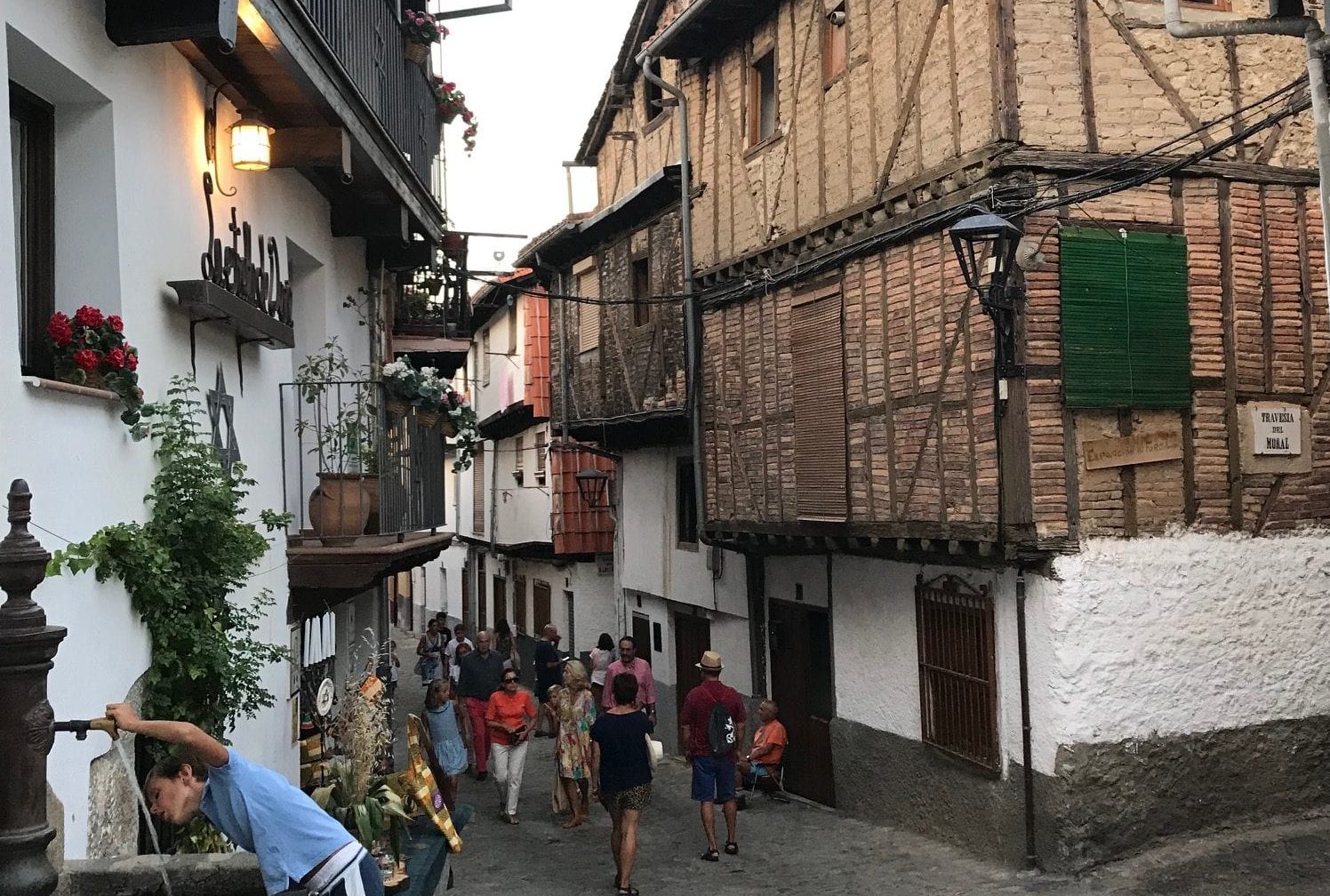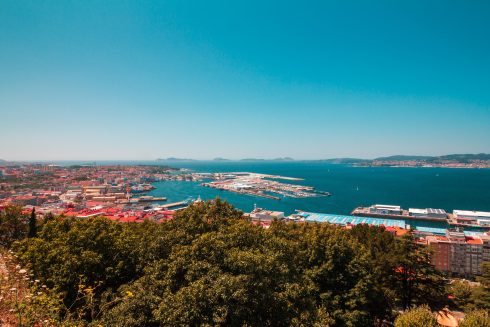
LOOKING for a quiet corner of Europe, where you are almost guaranteed to hear no English, French or German? A place where even in summer you will hardly meet a tourist?
Head to the Sierra de Gata, a rolling collection of hills that meander gently down to the Portuguese border between the Salamanca and Caceres provinces.
Meaning the ‘Cat Mountains’, few parts of Spain have such a wonderful collection of pretty, mostly untouched villages paired with wow factor walking terrain.
For outdoor types it’s the cat’s whiskers!
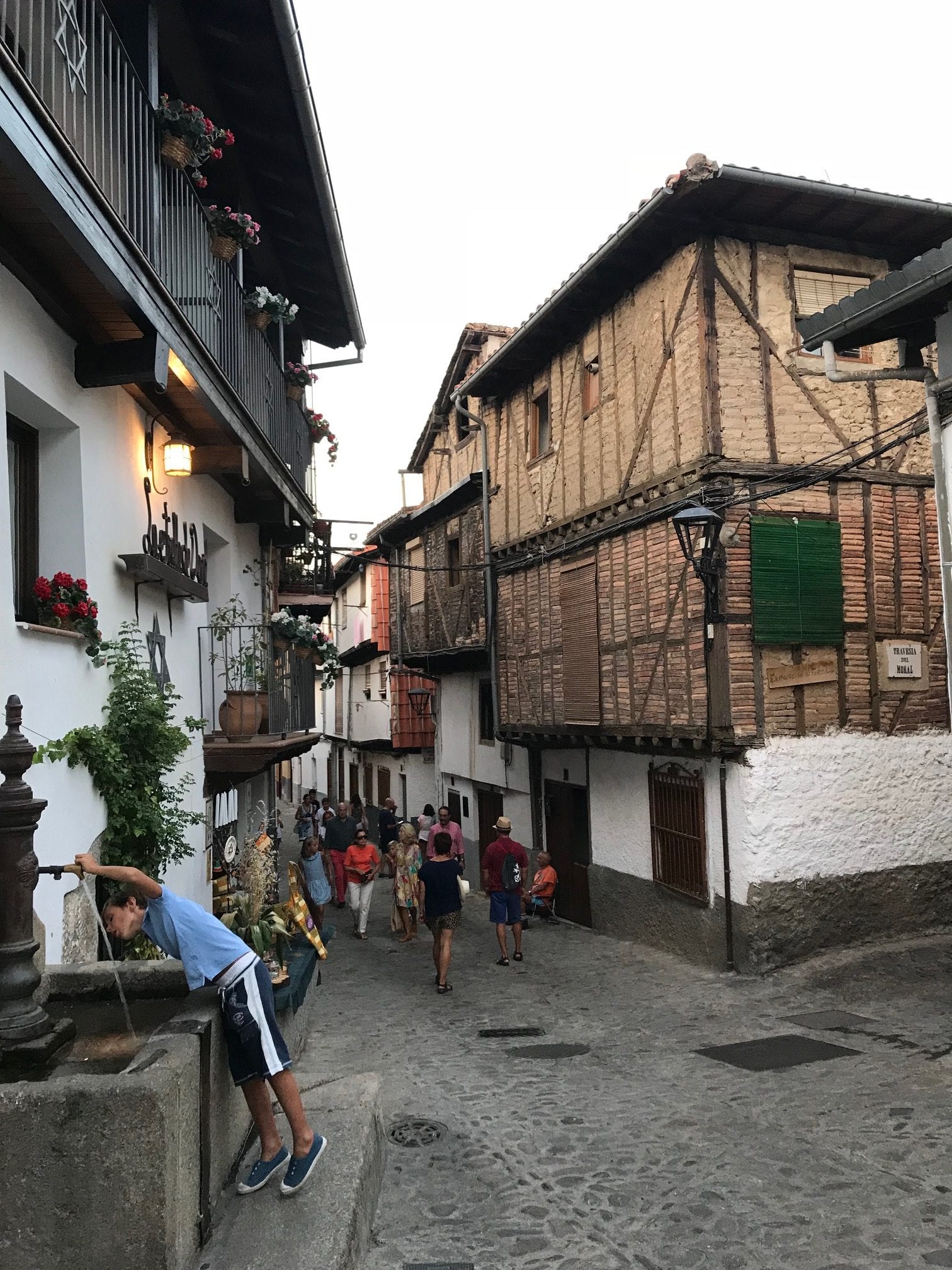
One of Spain’s most remote corners, yet only five hours by car from the Costa del Sol or two from Madrid, you will find yourself in a different world wrapped in lush wooded forests, home to storks, black vultures and other impressive birds of prey including booted eagles, sparrowhawks and goshawks.
Even better, the villages are as old as the Doomsday book and offer up an excellent range of places to stay and eat.
We discovered the Cat Mountains (not to be confused with the Catskills, in the US) while looking for somewhere to escape the sweaty Spanish coastline in August, having packed the kids off to their grandparents for a week.
TOP TIP – Roman Gem
Take my advice and spend at least one night in the wonderful Extremadura city of Merida on the way to the Sierra de Gata or back.
August is a great time to visit this Unesco World Heritage gem, which sits on the famous Ruta de la Plata, in south Extremadura.
You can do the amazing Roman sites by day (and there is enough to keep you occupied for at least two days) and take in a play at the original Roman amphitheatre at night. This awesome stone structure which dates back to 16BC, is surrounded by fascinating history…and one of the world’s oldest, still functioning bridges.
While much of central Spain – particularly Extremadura – becomes a frying pan in summer, the northern hills of Caceres at mostly over 1,000m in altitude are five-to-ten degrees cooler and temperatures drop down nicely at night.
We had initially planned a trip to the neighbouring area of Los Hurdes, equally dramatic and magical although nowhere near as pretty as the Sierra de Gata.
While Los Hurdes was said to be so poor a century ago there was widespread starvation and even cannibalism, its near neighbour was blessed with more fertile land and water.
This was clear, with most of its two dozen villages feeling decidedly lived-in and relatively populated, with quite a few younger, more educated urban types arriving to run restaurants and b&bs.
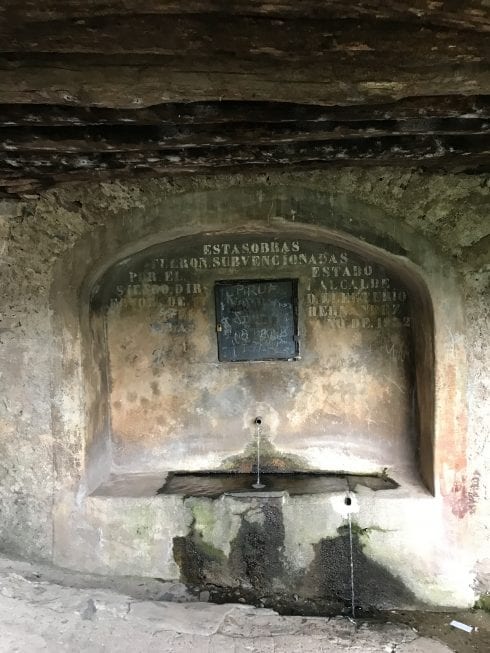
We found one of the latter in the delightful Finca el Cabezo, which proved the perfect place to hole up and use as a launchpad for our journey of discovery.
Set on a jaw-dropping 200-hectare estate of oak woodland, it’s a genuine sustainable working farm, producing its own olive oil, honey and milk. Owner Miguel takes his large herd of cows out to grass each morning and brings them safely back each night.
He and wife Maria were so enthusiastic for their guests to really explore the area they devoted 10 minutes every morning over breakfast to a rundown of suggestions, most of them excellent.
SIERRA DE GATA PLACES TO STAY
Finca el Cabezo is one of the most stunning country farmhouses in Spain. Authentic in the extreme, you will be amazed at its charms, not to mention its peaceful location and incredible landscapes. While there is no pool, you can find a series of natural pools to swim in nearby and you can walk right from the door. www.fincaelcabezo.com
In Hervas, you might want to consider El Jardin del Convento, a charming townhouse hotel with one of the most amazingly kept hotel gardens in Spain. A peaceful spot, expect to hear the owner’s family playing the piano in the evening, while the building has been little altered in 200 years. www.eljardindelconvento.com

Some even involved Miguel coming to pick you up in his ancient 4×4 after a long and lubricated lunch at one of the nearby village ventas!
One of the area’s big draws is its location on the long-distance GR-10 footpath which spans Spain and Portugal, running from Valencia to Lisbon.
This means you get a series of well-signposted footpaths out of many of its villages, most heading on ancient medieval paths into the hills and on to the next village.
Each day we would get up and hike for two or three hours before the heat of the day took a grip.

El Buen Avio de Trevejo is a tiny hole in the wall in one of Spain’s smallest hamlets of Trevejo. A tiny spot high up in the Sierra, it nonetheless has charm personified and some amazing good local, organic produce, thanks to its owner.
During the evenings we would head out to visit the charming villages, with Robledillo de Gata one of the true gems of the region, a real photographer’s delight with wonderful well-preserved old buildings and a breathtaking green backdrop.
But other villages like San Martin de Trevejo and Trevejo its tinier sibling are equally worthy of visits, particularly for their excellent local restaurants. And the square in San Martin is the epitome of ‘charming’, such beauty in a pinprick of a town coming as a complete surprise.
SIERRA DE GATA PLACES TO EAT
Sesamo in Hervas is a charming spot at the bottom of the town specialising in healthy mediterranean cuisine and heavy on vegetables. www.sesamocasadecomidas.com
El Buen Avio de Trevejo is a tiny hole in the wall in one of Spain’s smallest hamlets of Trevejo. A tiny spot high up in the Sierra, it nonetheless has charm personified and some amazing good local, organic produce, thanks to its owner.
Our side-trip to Portugal for the day was also fun, although much much hotter.
We ended our week in the fascinating village of Hervas, at the other end of Caceres, just off the main N-630 motorway that would take us back to Sevilla.
One of lesser-known towns of the celebrated Ruta de la Plata, it’s home to the most remarkable collection of buildings of anywhere I have visited in Spain.
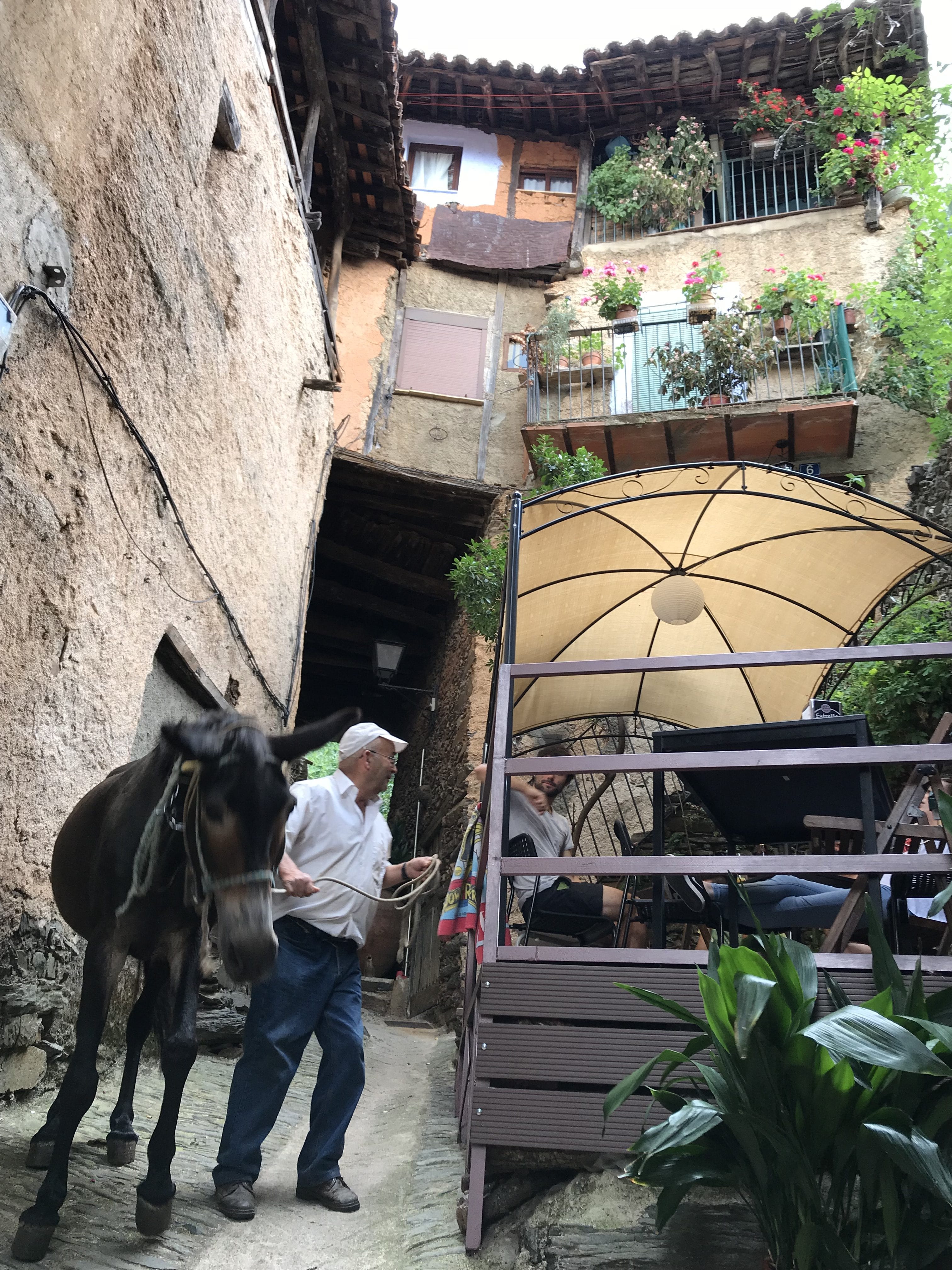
Medieval in look, but unique in style, with roof tiles that stretch down the sides of the buildings, much of the town was built by jews before the full force of the Reconquest took hold.
It has a curious, well preserved jewish area, and an extremely atmospheric ancient centre, buffering on the river. It also has a number of decent places to eat.
It’s also an excellent base for hiking, with plenty of trails taking you into the nearby hills, one heading to a splendid waterfall for an icy cool midday dip.
All in all, this was a very eye-opening trip of discovery for us, a little-heard about region and practically never written about, in English at least. I hope the Sierra de Gata stays something of a secret for now.
So try not to let the cat out of the bag!
READ MORE:
- Ten very good reasons to make Extremadura your next travel destination in Spain
- New gallery puts Caceres on the map as a destination for modern art lovers as well as foodies in Extremadura

